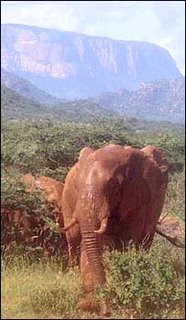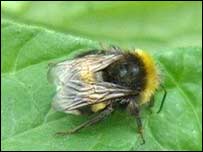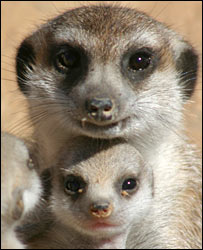
Elephants don't do stairs - or even gentle slopes, apparently. According to the results of a major new survey, released today, the giants of the savannah shun higher ground because the job of hauling themselves upwards is just too hard. Before we go dismissing Dumbo as a lazybones, however, it's worth thinking about the logistics of mountaineering, elephant-style. To generate enough energy, the four tonne vegetarians need to eat about 42kg (90lbs) of food a day. As a result they spend up to 18 out of every 24 hours foraging for fruit, grass and tree bark.
The co-author of the study, Iain Douglas-Hamilton reckons an elephant needs an extra 25,000 calories of energy for every vertical metre climbed - about 2,500% the cost of level walking. Finding enough food to fuel such activity is not easy. "Climbing is something that an elephant should not do lightly," he said. Even if an elephant does climb a mountain, getting back down again is almost as much effort. "Actually climbing down also requires quite a bit of energy for braking," Dr Douglas-Hamilton told the BBC nature website.
Douglas-Hamilton and his fellow researchers used GPS devices to track the movements of thousands of elephants in northern Kenya. They found the elephants confined their movements to around three quarters of their habitat, sticking to specific corridors that helped them avoid hilly terrain. "At an incline of five degrees, there were approximately half the number of [elephants] recorded per sq km as there were at a zero-degree incline," said Douglas-Hamilton, a chief executive of the charity Save The Elephants.
Some elephants do take the risk. They are great lovers of salt and there are instances of elephants climbing hundreds of feet to get access to salt mines. And famously an African elephant, nicknamed Icy Mike, lived and died on Mount Kenya, 4.4km (14,000 feet) above sea level. Scientists have yet to successfully explain why Mike did this. The results of the Kenyan survey are published in the new edition of the journal Current Biology.



